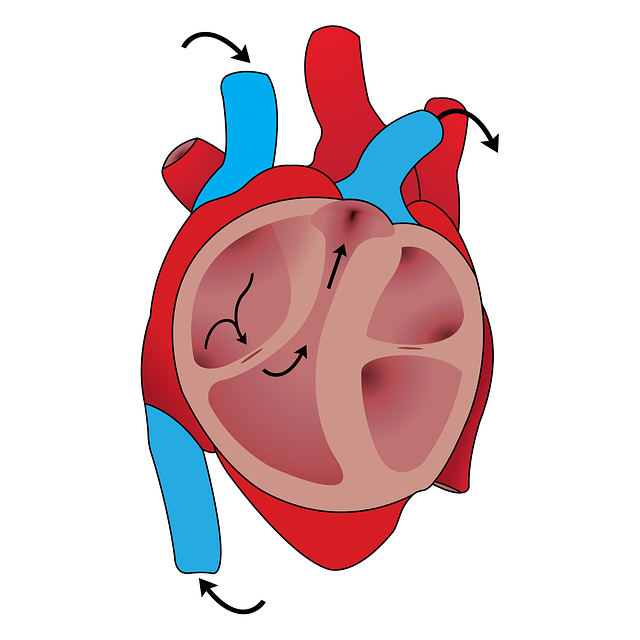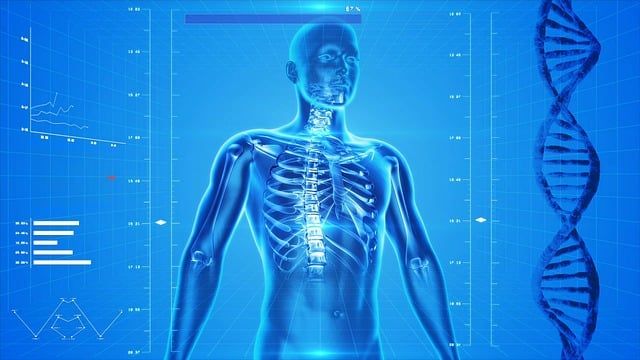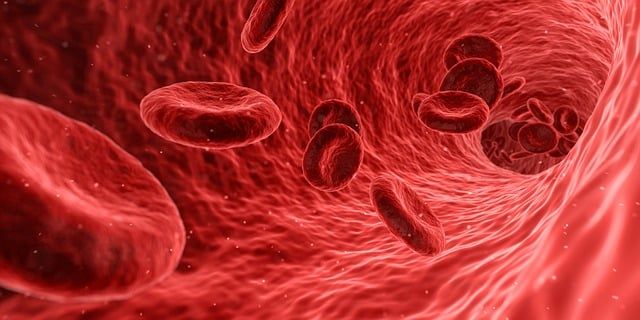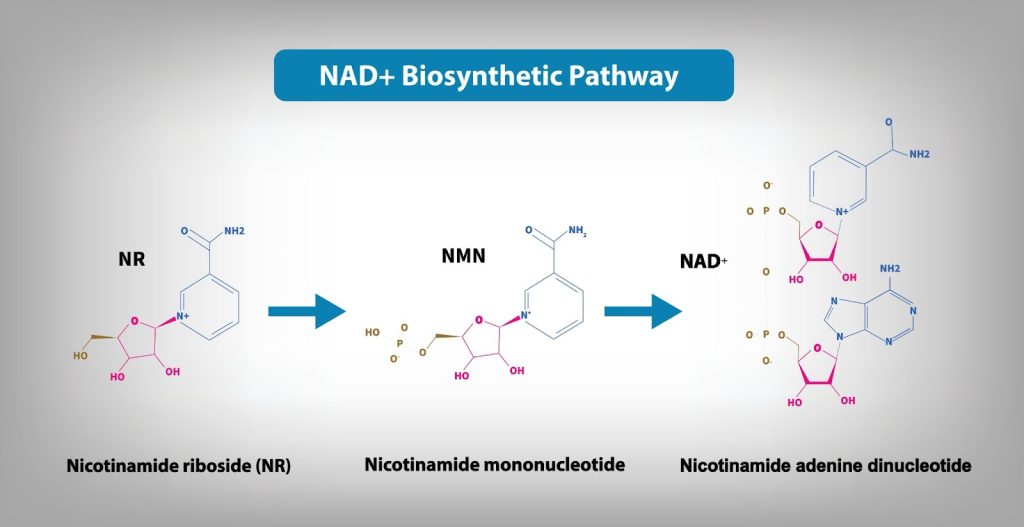Unlocking the Secrets: Effective Strategies to Slow Aging
Understanding the aging process has come a long way in recent years, shedding light on the biological factors and genetic influences that contribute to growing older. Moreover, advancements in science and medicine have revealed practical strategies to slow down this natural process. This article will explore various aspects of aging and delve into effective strategies that can help you slow down the hands of time.
ALT TEXT IMG: Older man riding a scooter
Understanding the Aging Process
The aging process is a complex phenomenon that occurs at both the cellular and organ system levels. Various biological factors, including cellular senescence, oxidative stress, and telomere shortening influence it.
Biological Factors that Influence Aging
Cellular senescence is a key factor in the aging process. As cells divide and replicate over time, they gradually lose their ability to do so efficiently. This loss of cellular division and replication leads to the accumulation of damaged and dysfunctional cells in the body, contributing to the overall aging process.
Oxidative stress is another important factor in aging. It occurs when there is an imbalance between the production of free radicals, highly reactive molecules, and the body’s ability to neutralize them with antioxidants. Free radicals can damage cells and DNA, leading to accelerated aging and an increased risk of age-related diseases.
In addition to cellular senescence and oxidative stress, telomere shortening also plays a significant role in aging. Telomeres are protective caps at the ends of chromosomes that prevent them from deteriorating or fusing with neighboring chromosomes. However, with each cell division, telomeres gradually shorten. When telomeres become critically short, cells can no longer divide properly, leading to cellular senescence and the aging process.
The Role of Genetics in Aging
Genetic inheritance does contribute to the aging process, but it is not the sole determinant. While some individuals may have genetic predispositions to age-related issues, lifestyle choices, and environmental factors also play a crucial role in shaping your age.
Understanding your genetic predispositions can help you make informed decisions to mitigate age-related issues and prolong your health span. For example, suppose you know you have a genetic predisposition to certain age-related diseases, such as cardiovascular disease or diabetes. In that case, you can take proactive measures to reduce your risk. This may include adopting a healthy diet, engaging in regular physical activity, and managing stress.
In conclusion, the aging process is influenced by various biological factors, including cellular senescence, oxidative stress, and telomere shortening. While genetics play a role in aging, lifestyle choices, and environmental factors also significantly impact how you age. By understanding these factors and making informed decisions, you can strive to age gracefully and maintain your health span for as long as possible.
The Science Behind Slowing Aging
Aging is a natural process that occurs in all living organisms. However, researchers have discovered that certain lifestyle choices can significantly influence the rate at which you age. By understanding the science behind slowing aging, you can make informed decisions to promote healthy aging and improve your overall well-being.
The Impact of Lifestyle on Aging
Research indicates that adopting a healthy lifestyle can profoundly impact the aging process. One of the key factors is maintaining a balanced and nutritious diet. Consuming foods that are rich in antioxidants, vitamins, and minerals can help neutralize harmful free radicals in the body, reducing oxidative stress and slowing down the aging process.
In addition to a healthy diet, regular physical exercise has been shown to play a crucial role in healthy aging. Engaging in activities that promote cardiovascular health, such as jogging, swimming, or cycling, can improve heart function and circulation. Exercise also helps maintain muscle strength and flexibility, reducing the risk of age-related conditions such as sarcopenia, and a loss of muscle mass and strength.
Furthermore, physical activity has been linked to enhanced cognitive function. Studies have shown that exercise stimulates the release of chemicals in the brain that promote the growth of new neurons and improve memory and learning abilities. By incorporating regular exercise into your daily routine, you can support healthy brain aging and reduce the risk of cognitive decline.
Anti-Aging and Modern Medicine
While lifestyle choices play a significant role in slowing down the aging process, modern medicine has also made remarkable advancements in the field of anti-aging interventions. These interventions aim to target the underlying mechanisms of aging and promote longevity.
One such intervention is hormone replacement therapy (HRT). As we age, our hormone levels naturally decline, leading to various age-related symptoms. HRT involves replacing deficient hormones with synthetic ones to restore hormonal balance and alleviate symptoms. This therapy has shown promising results in improving overall well-being and slowing down certain aspects of aging.
Another area of advancement is regenerative medicine, which focuses on harnessing the body’s regenerative capabilities to repair and rejuvenate damaged tissues and organs. Stem cell therapy, a branch of regenerative medicine, involves using stem cells to replace or repair damaged cells and tissues. This innovative approach holds great potential for treating age-related conditions and promoting healthy aging.
However, it is important to approach these anti-aging interventions with caution. While they offer exciting possibilities, consulting with medical professionals specializing in anti-aging medicine is crucial to ensure safety and effectiveness. Each individual’s needs and health conditions should be carefully evaluated before considering any anti-aging intervention.
In conclusion, the science behind slowing aging is a fascinating field that encompasses both lifestyle choices and advancements in modern medicine. By adopting a healthy lifestyle and staying informed about the latest research and interventions, you can make informed decisions to promote healthy aging and improve your quality of life as you grow older.
Practical Strategies to Slow Aging
Aging is a natural process that everyone goes through, but there are practical strategies that can help slow down this process and promote overall well-being.
Nutrition and Aging: What to Eat and Avoid
One of the fundamental aspects of healthy aging is maintaining a balanced diet. Consuming a variety of nutrient-rich foods is essential for providing the body with the necessary vitamins, minerals, and antioxidants it needs to function optimally.
A balanced diet comprising fruits, vegetables, whole grains, lean proteins, and healthy fats is essential for healthy aging. Fruits and vegetables are packed with antioxidants that help protect the body against free radicals, which can damage cells and contribute to aging. Whole grains provide a steady source of energy and are rich in fiber, which aids in digestion and helps maintain a healthy weight.
When it comes to protein, lean sources such as poultry, fish, and legumes are excellent choices. These protein sources are not only low in unhealthy fats but also provide essential amino acids that support muscle health and repair. Healthy fats, such as those found in avocados, nuts, and olive oil, are important for brain health and reducing inflammation.
Additionally, avoiding processed foods, excess sugar, and unhealthy fats can help reduce inflammation and oxidative stress, promoting overall well-being. Processed foods are often high in sodium, unhealthy fats, and added sugars, which can contribute to chronic diseases and accelerate the aging process.
The Importance of Regular Exercise
Exercise is another crucial aspect of healthy aging. Engaging in regular physical activity not only aids in weight management but also helps maintain cognitive function, bone health, and muscle strength.
When it comes to exercise, it’s important to find activities that you enjoy and that suit your fitness level. Incorporating a combination of cardiovascular exercises, strength training, and flexibility exercises into your routine can have numerous long-term benefits in slowing the aging process.
Cardiovascular exercises, such as brisk walking, swimming, or cycling, help improve heart health, increase endurance, and boost overall fitness levels. Strength training exercises, such as lifting weights or using resistance bands, help build and maintain muscle mass, which is crucial for maintaining strength and mobility as you age. Flexibility exercises, such as yoga or stretching, help improve joint mobility and prevent stiffness. They also promote better posture and balance, reducing the risk of falls and injuries.
In conclusion, adopting a balanced diet and engaging in regular exercise are practical strategies that can help slow down the aging process. By nourishing your body with the right nutrients and staying physically active, you can promote overall well-being and enjoy a healthier, more vibrant life as you age.
ALT TXT IMG: A child peacefully sleeping in the comforting embrace of her grandpa’s arms
Mental Health and Aging
“The findings imply that severe stress increases mortality, at least in part, by increasing biological age,” Vadim Gladyshev, Ph.D., Harvard Medical School.
As individuals age, it is important to prioritize mental health and well-being. Aging is a natural process that brings about various changes in the body and mind. One aspect that plays a significant role in the aging process is stress. Chronic stress, if left unmanaged, can have detrimental effects on both physical and mental health.
The Role of Stress in the Aging Process
Research has shown that high levels of stress hormones can negatively impact cellular health and contribute to the development of age-related conditions. When the body is constantly exposed to stress, it can lead to inflammation, oxidative stress, and a weakened immune system. These factors can accelerate the aging process and increase the risk of age-related diseases such as cardiovascular problems, cognitive decline, and even certain types of cancer.
However, various strategies can be employed to manage and reduce stress, ultimately slowing down the aging process. One effective technique is mindfulness, which involves being fully present in the moment and non-judgmentally aware of one’s thoughts and feelings. By practicing mindfulness, individuals can cultivate a sense of calm and reduce the negative impact of stress on their overall well-being.
In addition to mindfulness, deep breathing exercises have also been found to be beneficial in managing stress. Deep breathing techniques, such as diaphragmatic breathing, help activate the body’s relaxation response, reducing stress hormones and promoting a state of relaxation. Engaging in hobbies and activities that bring joy and fulfillment can also serve as a form of stress relief, allowing individuals to unwind and recharge.
Mindfulness and Meditation for Aging
Mindfulness and meditation practices have gained popularity in recent years due to their numerous benefits for mental and physical well-being. These practices involve focusing one’s attention on the present moment, cultivating a non-judgmental attitude, and developing a sense of acceptance and compassion.
Studies have shown that mindfulness and meditation can reduce stress, improve sleep quality, enhance cognitive function, and promote emotional resilience. By incorporating these practices into daily life, individuals can experience positive changes in their overall well-being, which in turn contribute to healthy aging.
Furthermore, mindfulness and meditation have been found to have neuroprotective effects, potentially slowing down age-related cognitive decline. These practices help improve attention, memory, and executive function, which are essential cognitive abilities that may decline with age.
In conclusion, prioritizing mental health and well-being is crucial for healthy aging. Chronic stress can accelerate the aging process and increase the risk of age-related conditions. By incorporating stress management techniques such as mindfulness, deep breathing exercises, and engaging in hobbies, individuals can mitigate the negative effects of stress and promote healthy aging. Additionally, mindfulness and meditation practices offer a wide range of benefits, including stress reduction, improved sleep quality, enhanced cognitive function, and emotional resilience. By embracing these practices, individuals can cultivate a sense of well-being and age gracefully.
Social Aspects of Aging
The Influence of Social Connections on Aging
Research suggests that maintaining strong social connections can have a significant impact on healthy aging. Social interactions, whether through family, friendships, or community involvement, provide emotional support and a sense of belonging, reducing the risk of loneliness and depression. Engaging in social activities and maintaining meaningful relationships can positively impact overall well-being as we age.
Aging and the Importance of Community
Building a sense of community is important for individuals as they age. Creating supportive environments that promote social engagement, access to healthcare, and opportunities for active participation can contribute to healthy aging. Establishing intergenerational connections and fostering relationships with younger generations can also provide a sense of purpose and fulfillment in later life.
Conclusion
In conclusion, unlocking the secrets to slow aging requires a multifaceted approach. Understanding the biological factors, considering genetic influences, adopting a healthy lifestyle, prioritizing mental well-being, and nurturing social connections all play integral roles in the quest for healthy aging. By implementing these effective strategies, you can empower yourself to age gracefully and enjoy a fulfilling life. Start your journey to better health and longevity with Accuri® Vitality Boost.
Lastly, if you’re interested in going deeper on health-related content, here are a few of our recent posts that you may want to read:
- What Does Peak Performance Look Like?
- Why Optimized, Precision Medicine is the Future
- 9 Powerful Benefits of Optimizing Your NAD
- Andrew Huberman is Wrong About NAD, NAD+ precursor & Longevity
P.S. Want to boost your intracellular NAD levels? Try a 2 week trial of our Jinfiniti Vitality Boost (do 2 scoops per day), use the discount code Blog15 if you’re a new customer for 15% off your 1st order)












